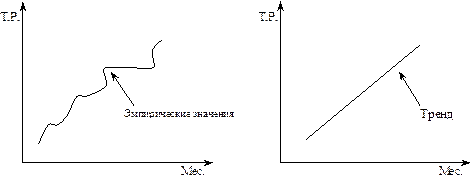BIOLOGY AS A SCIENCE
Biology is the science of living organisms. It is concerned with their nature, functions, reproduction, and place in their environment. It is a ramifying science, but it aims to be a precise one. It is rooted in physics and chemistry and many of its interpretations are made in terms of these sciences and of mathematics. It is bound closely with geology and meteorology, and applications of its principles are found in anthropology, psychology, sociology, agriculture, medicine, industry, and indeed, in everyday living. One of its ultimate aims is thorough understanding of living organisms including man. That’s why biology may be regarded as the most vital of the sciences. Because biology is such a broad subject, it has been subdivided into separate branches for convenience of study. Despite apparent differences, all the subdivisions are interrelated by the basic principles that underlie all biological manifestations. Traditionally biology is divided in either of two ways, depending on whether the emphasis is placed on type of organisms or onprocesses, structures, and functions. With the first system there are two principal divisions: botany, which deals with plants, and zoology, which deals with animals. Botany can be further subdivided as follows:
All these branches may be grouped together as cryptogamic botany, the study of plants which do not produce seed. The study of the seed plants (actually two groups – the gymnosperms, which bear cones, and the angiosperms, which bear flowers) covers a single field, phanerogamic botany. Zoology is similarly divided as follows:
This botany-zoology system grew up naturally as biological science developed, the emphasis during its early years was placed on structure and relationships. As it became more and more of a precise experimental science and emphasis was given to finer aspects of structure and function, another classification, based on the parts or processes studied, came into use. In this system there are such subdivisions as the following:
Today biology as an exact science has become more dependent on the other exact sciences for interpretation of its data and their significance. Biochemistry, a division of chemistry, deals with the chemistry of living organisms and their products. Biophysics has as its subject matter the physics involved in the structure, development and functioning of living organisms. Biometrics is a special field of mathematics concerned with the analysis of biological data. The role of biology in human life is hard to overestimate. Biologists have increased our food supply, they have developed new and better varieties of plants and animals. Scientific methods of farming have given us much more food. Biologists control many diseases. They have saved millions of lives by discovering the causes of these diseases and methods of prevention and cure. As a result of recent discoveries concerning hereditary mechanisms, genetic engineering may soon be a reality. But some people fear the worst, that the possibilities for social misuse of this accomplishment may far outweigh the benefits. Therefore a scientist can no longer ignore the consequences of his discoveries; he is as concerned with the possible misuses of his findings as he is with the basic research in which he is involved.
|




